Emergency Supply Checklist We All Need
Sometimes an emergency supply checklist is a way to help us be prepared for the unexpected. If it seems overwhelming to know where to start, I get it. It’s almost like a house that needs to be cleaned and we don’t know which room to start on. Maybe we’re moving and we have a ton of boxes and packing paper staring us in the face. It’s okay, we clean one room, pack one or two boxes and keep going. You do the same thing with food storage and emergency supplies. You start with a few things you use every day and expand the amount. You write down what you eat every day and then buy a few extra things. I designed a food storage checklist a few years ago. If you missed it here it is: Where-Do-I-Start
I used to teach classes, and I still do sometimes, but my schedule is too busy to do much traveling to teach people, so I direct them to my website to learn what they need to do. I have a lot of printables that people can use to get them started. Here is what the document looks like:
Emergency Supply Checklist
I know for years the state, the federal government, the American Red Cross, and many churches suggested a 72-hour kit. I soon learned we need a whole lot more than any 72-hour kit could hold. Yes, I have a list for them too, but with all the chaos that’s going on in our country and around the world, we need more than what’s in that bag. I know, at least we can take it to the schools and churches after a disaster to help get us through the first few days. I’m not, and I repeat, not going to the hills like some preppers suggest with shotguns, etc. At my age, I couldn’t haul the stuff I need to feed my family of two and be able to carry the water too! Here’s the deal, if my house collapses from an earthquake, yep, I will evacuate. I’m not buying a second home up in the hills with a barricade built around it, nope it’s not going to happen. I’m prepared to stay where I am and I can survive most anything. Now, I didn’t get to this point overnight, it’s taken years of preparation, one step at a time. One #10 can, one case of this or that, and one bucket of my hard white wheat at a time. You can do this too! One step at a time. Just start with a plan.
- Water, one gallon per person per day is suggested by most agencies. I suggest four gallons per person per day. I live in the desert and I will need lots of water.
- Food, fill in the blanks on my list above, you can start with one week, then two weeks, then three months. Buy at case lot sales and rotate the food. I always buy instant milk, ingredients that I can use to make pancakes, bread, biscuits, or crackers. I buy cases of vegetarian refried beans because I love them and I can make tortillas to help consume the beans. I buy rice, cans of cream of chicken soup, canned green chilies, canned diced tomatoes, and beans like kidney, pinto, navy, etc. I buy cases of canned fruits and vegetables. I used to “can” them myself, but now I just buy them.
- PRINTABLE first aid supplies: First Aid Kit Checklist by Food Storage Moms
- PRINTABLE 72-hour kits: FSM 72-Hour Kits For Adults and FSM 72-Hour Kits For Children and FSM 72-Hour Kits For Pets
- Be sure and get a stove that will boil water and cook a few meals when needed. This is the one I bought for all four of my daughters: Camp Chef Butane 1 Burner Stove with Camping Case
and 12 Butane Fuel GasOne Canisters for Portable Camping Stoves
- Get a few quality can openers.
Please start today with one can, one case, or whatever your budget allows. Remember the government and your neighbors can’t take care of you. You must take care of yourself. PERIOD. It may take days or weeks for anyone else to have food and water available for you. Remember, please be cautious around our truckers on the highway, without them, we cannot survive. Please pray for our truckers who are the only ones that can deliver the food and water to our grocery stores. If you have a mini-farm that’s awesome, but most of us do not. May God bless our truckers.
Thanks for being prepared for the unexpected.

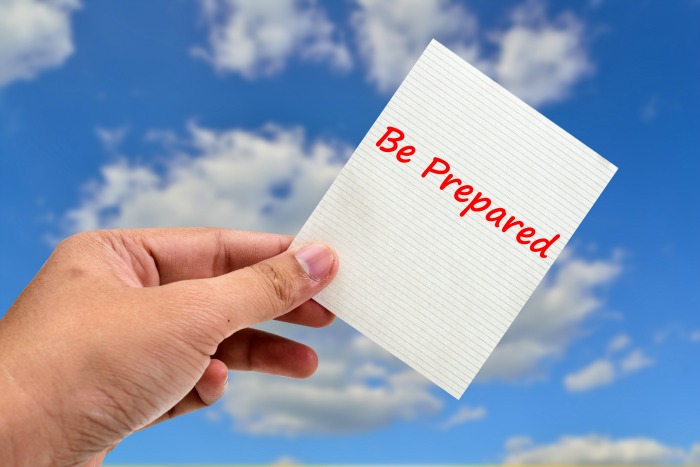

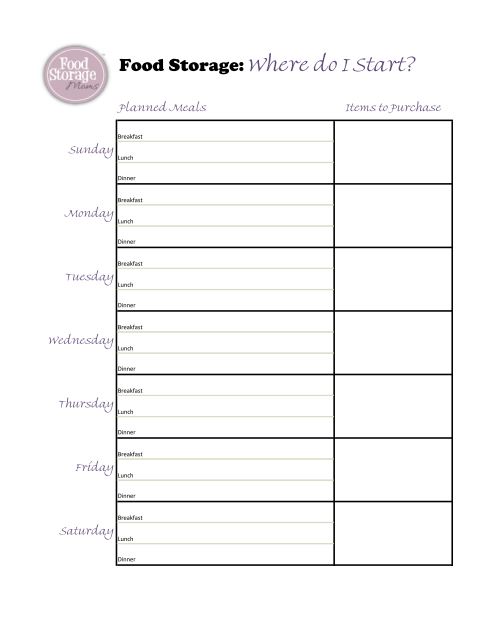
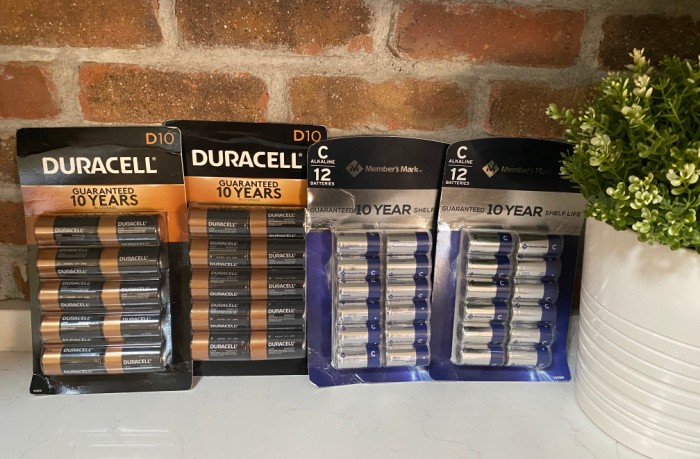
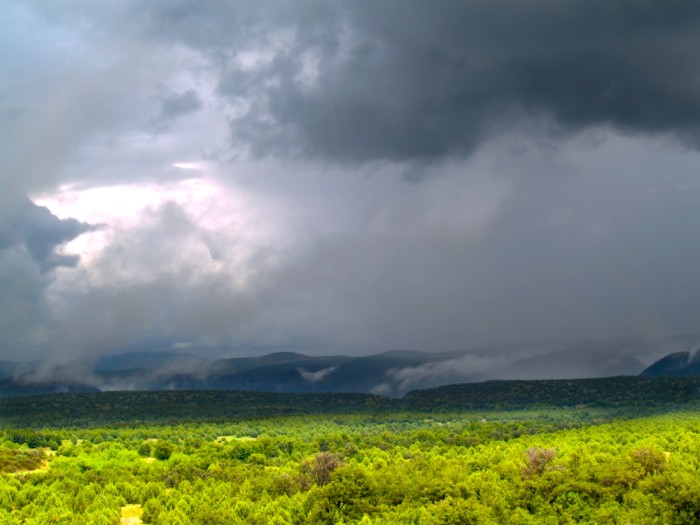
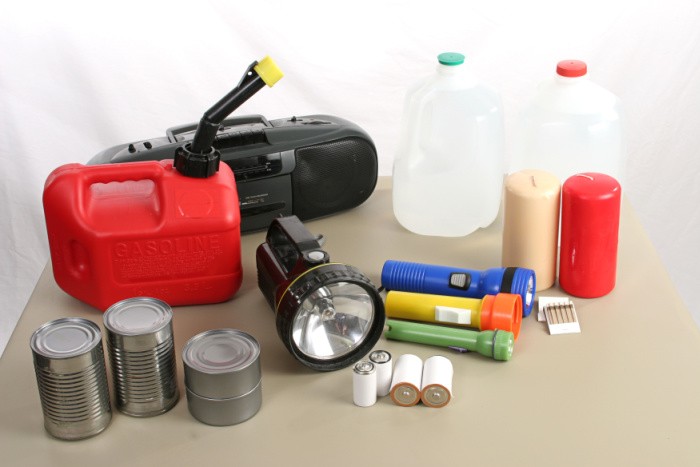
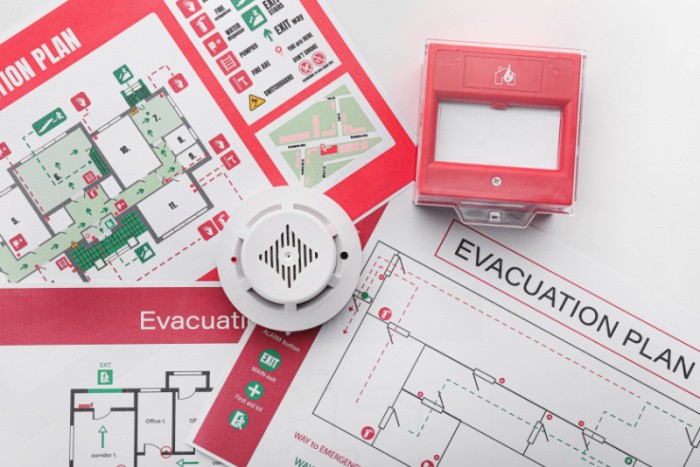
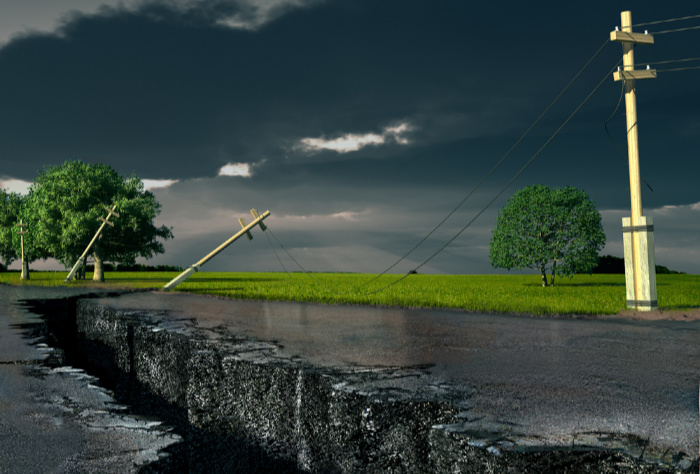














If it is a national emergency, (like a coronal mass ejection,) no one will be able to help for quite a while. If it is a local emergency, it still will take quite a while, (think hurricane Katrina). If it is just a snowstorm, it could be a week or more. Our food comes from distances of about 1500 miles for the average dinner. That means that disasters quite a ways away can affect us. People living in large population centers are especially vulnerable.
Hi Janet, I think that’s why I’m so concerned with people thinking help will be right around the corner when it may not as you and I know. I hadn’t thought about the distance of 1500 miles!!! You are so right! I know the county i live in is very concerned that southern California and Nevada will head this way and there is no way they can take care of that many people in the short-term or for weeks and possibly months. May God bless this country. We need it! Linda
Just think how bad it could have been for our food supply if California hadn’t gotten some rain, or if a pipeline of oil sands burst over the Ogallala Aquifer and contaminated it, making it useless to irrigate our main source of grain. I sure hope that God blesses this country.
Janet, I hope God blesses this country too! Hugs! Linda